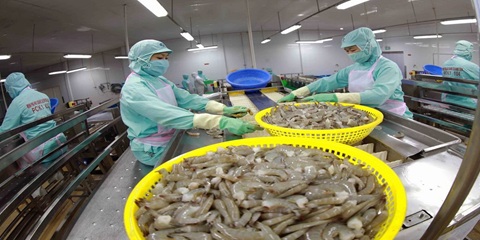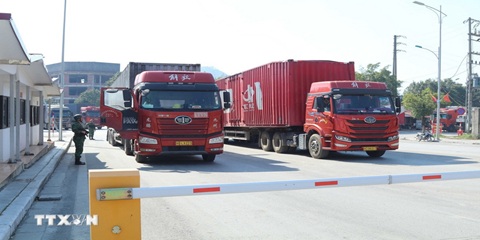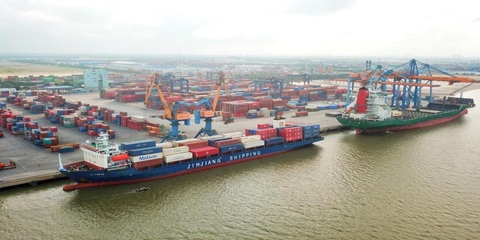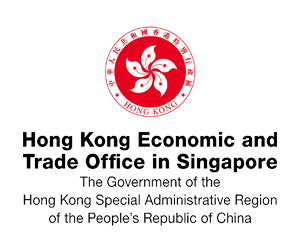Want to be in the loop?
subscribe to
our notification
Business News
DEPOSITS FLOWING BACK INTO BANKS
Deposits in the banking system are increasing in tandem with rising interest rates, amid a crisis in risky asset investment channels.
According to the financial reports of banks for the first half of 2024 released in the past week, Vietnam's four largest state-owned commercial banks hold the highest customer deposit amounts, totalling approximately $267 billion.
Among them, Agribank leads with a deposit balance of approximately $76.25 billion, up 0.9 per cent compared to the end of last year. BIDV is in second place with total deposits of approximately $75.42 billion, an increase of more than $4.25 billion compared to the beginning of the year.
VietinBank follows with a balance of approximately $61.25 billion, up 4 per cent; Vietcombank is fourth with approximately $57.08 billion, a decrease of 1.5 per cent from the end of last year.
Among commercial banks, MB holds the more than $25.76 billion in deposits, a 9 per cent increase from the beginning of the year. Sacombank follows with approximately $22.88 billion, up 7.5 per cent.
Three banks, ACB, Techcombank, and VPBank, also saw growth of around 6 per cent. ACB and Techcombank achieved approximately $21.48 billion and $20.08 billion in deposits, respectively. VPBank recorded a deposit growth of 6.6 per cent, reaching approximately $19.22 billion, creating a gap of over $500 million compared to SHB.
The influx of customer deposits into banks is driven by the interest rate hike competition since May and the risks associated with investment assets amid market instability.
“The current rate of deposit interest rate increases is in line with market developments. The recent wave of rate hikes will make savings deposits more attractive. Rising deposit rates are leading investors back to the savings channel, which is safe and offers good returns compared to other riskier investment channels,” said Nguyen Huu Huan, head of Financial Markets at the University of Economics Ho Chi Minh City.
In the first six days of August alone, six banks have continued to raise deposit rates: Agribank, Eximbank, Sacombank, Saigonbank, HDBank, and TPBank. Sacombank, in particular, has raised rates twice in less than a week.
As of early this week, the average 12-month deposit interest rate has reached 6 per cent per annum, and the 18-month rate has hit 6.1 per cent per annum. Last week, the State Bank of Vietnam net withdrew approximately $2 billion via the open market operations.
Meanwhile, the stock market suffered a shock drop at the beginning of this week, with the VN-Index closing at 1,208 points on August 8.
"Investors are following a global asset sell-off wave despite a favourable macroeconomic situation and stable businesses. Although downward pressure remains, current risks are much lower compared to the market's potential for price increases,” said Nguyen The Minh, head of Research and Development for Retail Clients at Yuanta Securities Vietnam.
In the domestic market, the real estate and corporate bond sectors are still struggling and remain in the phase of gaining momentum.
“The time for the real estate bond market to find a new equilibrium is approximately 1-2 years, after which it is expected that the market will show clear recovery starting from 2026. The latter half of this year and 2025 will be crucial for observing which companies will continue to gain an edge and expand their market share in a favourable funding and business environment,” said Le Hong Khang, manager of Credit Ratings at FiinRatings.
Source: VIR
Related News

VIETNAM’S SEAFOOD EXPORTS HIT OVER US$10 BILLION IN JAN-NOV
Seafood export revenue in November alone amounted to nearly US$990 million, up 6.6% year-on-year. Key product groups posted solid gains. Shrimp exports rose 11.7% to over US$385 million, supported by strong demand for whiteleg shrimp and lobster. Tra fish shipments increased 9.7% to almost US$197 million, while marine fish, squid, and mollusk exports maintained their recovery.

VIETNAM’S AGRO-FORESTRY-FISHERY EXPORTS HIT NEW RECORD IN JAN-NOV
Vietnam’s agro-forestry-fishery export revenue reached an estimated US$64.01 billion in the first 11 months of 2025, up 12.6% year-on-year and surpassing the full-year record of US$62.4 billion set in 2024. Agricultural exports reached US$34.24 billion, up 15% year-on-year, while livestock products brought in US$567.4 million, a 16.8% increase. Seafood exports rose 13.2% to US$10.38 billion, and forestry products earned US$16.61 billion, up 5.9%.

HANOI REPORTS RECORD-HIGH BUDGET REVENUE IN 2025
Hanoi’s budget revenue is estimated to reach VND641.7 trillion in 2025, the highest level ever recorded and nearly 25% above the revised target, according to a report by the municipal government. Data from the city’s socioeconomic performance review shows that total state budget collections in 2025 are projected to reach 124.9% of the adjusted plan and rise 24.9% from 2024, the Vietnam News Agency reported.

VIETNAM, CHINA TO PILOT TWO-WAY CARGO TRANSPORT AT LANG SON BORDER
Vietnam and China will launch a one-year pilot program on December 10 to allow two-way cargo transport through the Huu Nghi–Youyi Guan international border gates in Lang Son Province, reported the Vietnam News Agency. The Dong Dang-Lang Son Economic Zone Management Board said the trial aims to reduce transport costs and improve customs clearance capacity.

VIETNAM’S IMPORT-EXPORT VALUE NEARS US$840 BILLION IN JAN-NOV
The total value of Vietnam’s imports and exports was nearly US$840 billion between January and November this year, the highest level ever recorded, according to the National Statistics Office. In its latest report on the country’s socio-economic performance, the National Statistics Office highlighted a series of positive economic indicators, with trade emerging as one of the strongest drivers of growth.

OVER 19 MILLION INTERNATIONAL VISITORS COME TO VIETNAM IN JAN-NOV
Vietnam received more than 19.1 million international visitors in the first 11 months of 2025, a 20.9% increase year-on-year and the highest level ever recorded, according to the National Statistics Office. The figure surpasses the full-year record of 18 million arrivals set in 2019, before the Covid-19 pandemic. Nearly two million foreign visitors arrived in November alone, up 14.2% from October and 15.6% from the same period last year.
























